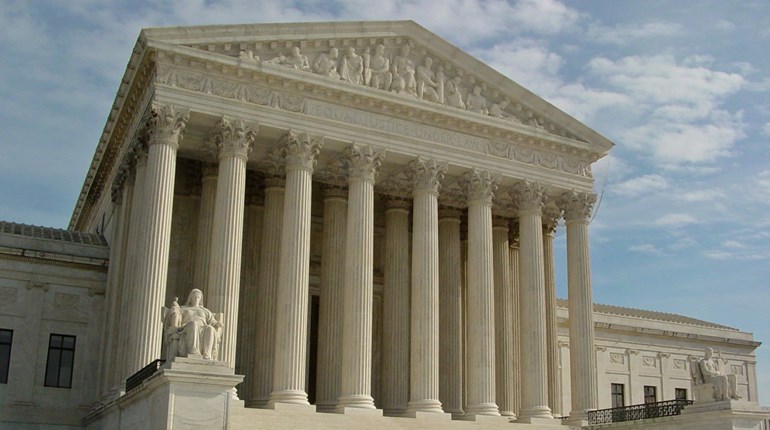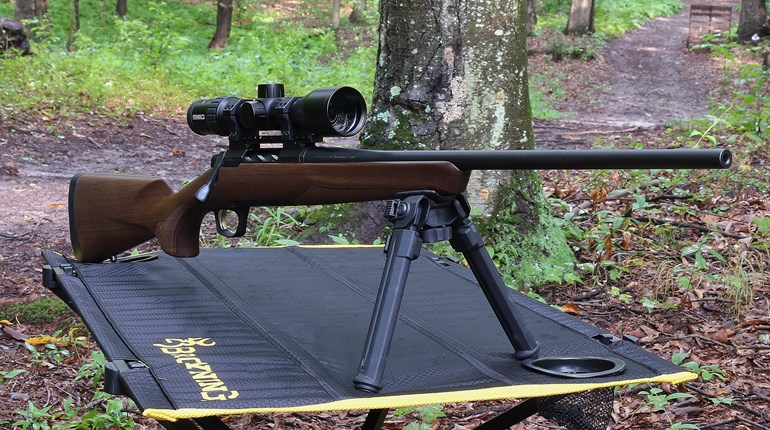As this is Memorial Day weekend, a time when we remember and honor our heroes in uniform, we’re bringing you this short excerpt from Greg Stube’s must-read Conquer Anything: A Green Beret’s Guide to Building Your A-Team and this video interview with Stube. In it, he talks about the true nature of sacrifice and service.
Captain Rusty Bradley ordered our vehicle to drive up the hill so I could give them cover to fall back by shooting over their heads with the .50-caliber machine gun.
We went up a dirt track, which was the only way up. Sean kept the vehicle moving carefully in the tracks of another vehicle. We needed to rescue the wounded ANA soldier and to help the soldiers who were pinned down up there.
Halfway up the hill called Sperwan Ghar an IED was detonated under our Humvee. I was lit on fire and there were holes punched through my body. The detonation launched Sean 70 feet away onto the hill beside us, miraculously without major injury.
I could feel my legs burning. I tried to climb out of the turret, but my leg was broken. Bone shards stuck out of my pants leg. I collapsed. I remember seeing the sand popping up from the ground around my face. I thought this strange and didn’t for a moment realize these were bullets striking the ground next to me. My leg was almost detached. A piece of shrapnel the size of a baseball had gone through me. I was still being burned alive.
Army Staff Sgt. Jude Voss came running to help. Despite all the incoming bullets from Taliban fighters’ AK-47s, PKM machine guns, and rocket-propelled grenades, he pulled me out of the fire and yanked me into a ditch. He and others then carried me farther from the battle to a ditch alongside a nearby marijuana field and began administering medical care. Taliban continued to move in on us. I remember thinking: “I’ve never even smoked this stuff, but now I’m going to die in it?”
Captain Bradley had grabbed Sean and pulled him out of harms way. Sean couldn’t believe he basically wasn’t injured.
As I lay bleeding in that ditch somehow I stayed conscious and kept helping the guys work on me. “I’m bleeding here,” I’d say and helped them to apply pressure, bandages, and even a tourniquet that saved my life without question.
A one-pound piece of shrapnel had penetrated my hip and thigh, continuing to travel through my pelvis and abdomen. The shrapnel injury, burns, and bullet wounds received while being rescued were devastating. I remember my Green Beret buddies asking how I was as the fight waged all around, and Air Force planes dropped bombs on Taliban positions close enough to shake their ground where I lay. Each time someone would ask how I was the medic would give this quick sign by moving his fingers with a straight edge near his throat to indicate I didn’t have a chance.
I felt like if I was to have any chance, I was going to have to help them save me. The men followed my instructions. Somehow, a brave helicopter pilot would manage to land and pull me out. The battle would rage for another eight hours. Eventually, the Taliban would be all killed or scattered. Reports vary, but many agree that as many as 1,000 Taliban were killed in the Battle of Sperwan Ghar.
For his actions on September 5, 2006, Jude Voss received the Silver Star, the third highest medal given for distinctive gallantry. I remember telling Voss, “You are a friend of mine for life, if you like it or not.”
You may be wondering how these actions from a team of Green Berets in a war zone are relevant to you. Though most of us don’t have to face these life-or-death decisions, we do need to build our teams as fathers or mothers, colleagues and bosses, patients and/or doctors, students and teachers. Accomplishing the goals in each mission in our lives means following the same framework an A-Team does.
No matter what your goal—beating cancer, starting a company, or getting a degree—you need to attack that goal as the head of or part of a team. Deciding on your goal is the decision you’ll have to make. The decision to do this, and to tackle any other opportunity or problem in life, requires a strong answer from us on why we should tackle the challenge. As a Special Forces’ soldier, many times I found myself in places where people were trying to kill me; later, in business, my competitors wanted to trounce me in the marketplace; and, during my many surgeries after being badly wounded on the battlefield, I found myself struggling to survive and asking if it was worth the struggle (these are questions all our wounded warriors, and anyone with an addiction, disease, or other dilemma faces). All of these problems require a real decision and a real answer; without a real answer we are going to quit on ourselves. I’ve seen this many times in the Green Berets, in the hospital, and in life.






















